PLEASE NOTE: This article contains MAJOR Spoilers for God of War Ragnarok. Proceed at your own risk.In many ways, God of War Ragnarok takes its predecessor’s accomplishments and iterates on what it had achieved. This is true of the realms players could explore in the 2018 God of War, while God of War Ragnarok’s newly explorable realms all have their own unique identity. In particular, God of War Ragnarok makes some fairly drastic changes to the previous game’s Muspelheim and Niflheim, and also gives players a significant incentive to hunt down spectral ravens that shimmer with a green hue and issue a specific audio cue when near.
Odin’s ravens can often be cleverly hidden throughout an environment, though luckily each realm map has a completion counter that can help players narrow down where these pesky creatures may be. Ravens hold almost no significance in the narrative of either God of War or God of War Ragnarok. Likewise, the 2018 God of War did not feature any sort of reward or satisfaction for destroying all ravens besides a PlayStation trophy. That said, God of War Ragnarok gives players a great incentive to do so, resulting in rare loot and an incredible boss fight in Niflheim.
God of War Ragnarok’s Raven Tree Echoes the Same Incentive from Hollow Knight’s Grubhome
Hollow Knight is an experience that includes far fewer handholds in its environmental storytelling, but freeing adorable Grubs from their glass jars is common sense throughout Hallownest. Once freed, these joyful larvae depart from the area and return to their Grubhome, found in the top-left corner of the subterranean map, in the Forgotten Crossroads. Each time that players return to the Grubhome after having freed more Grubs, the Grubfather is pleased to hurl out a handful of Geo, the game’s currency resource. However, returning all Grubs back to their home depicts the Grubfather in a massive form with a belly full of all the Grubs players have freed.
The Grubs are happy to be inside their father, and it is claimed through Charm lore that this is natural for metamorphosis, and not the Grubfather having maliciously eaten all the Grubs players have found. God of War Ragnarok’s ravens are comparable to Grubs in terms of how each respective location looks. God of War Ragnarok’s Raven Tree is full of shimmering ravens the same way that Hollow Knight’s Grubs occupy different holes in the background of the Grubhome.
Unfortunately, ravens seemingly do not appear the more that players destroy them, which would have been a nice touch echoing Hollow Knight further. But when players destroy particular amounts of ravens, they will unlock respective chests with rare gear and runic abilities inside.
One of God of War Ragnarok’s Best Bosses is Locked Behind All Ravens Being Destroyed
Moreover, God of War Ragnarok features a secret boss fight that is locked behind destroying all ravens and opening all locked chests. Once players have received all their loot, the Raven Keeper appears with a short monologue detailing why she has imprisoned these creatures here. The Raven Keeper is a Revenant Hag enemy that is not outstandingly difficult on her own, but she calls forth two waves of Hel-Walker enemies during the fight to aid her as she momentarily disappears. The final enemy she summons, though, is an entire dragon enemy called The Pale One that behaves like a mini-boss within the Raven Keeper’s boss fight.
Because this is a fight players can miss out on entirely, destroying ravens becomes fairly important if players want to see it through and collect great loot along the way in Niflheim. Some fans may have preferred the previous God of War’s Niflheim for its roguelike obstacle course, but God of War Ragnarok’s Niflheim offers a great reward for completing one of its otherwise monotonous side activities.
God of War Ragnarok is available now for PS4 and PS5.

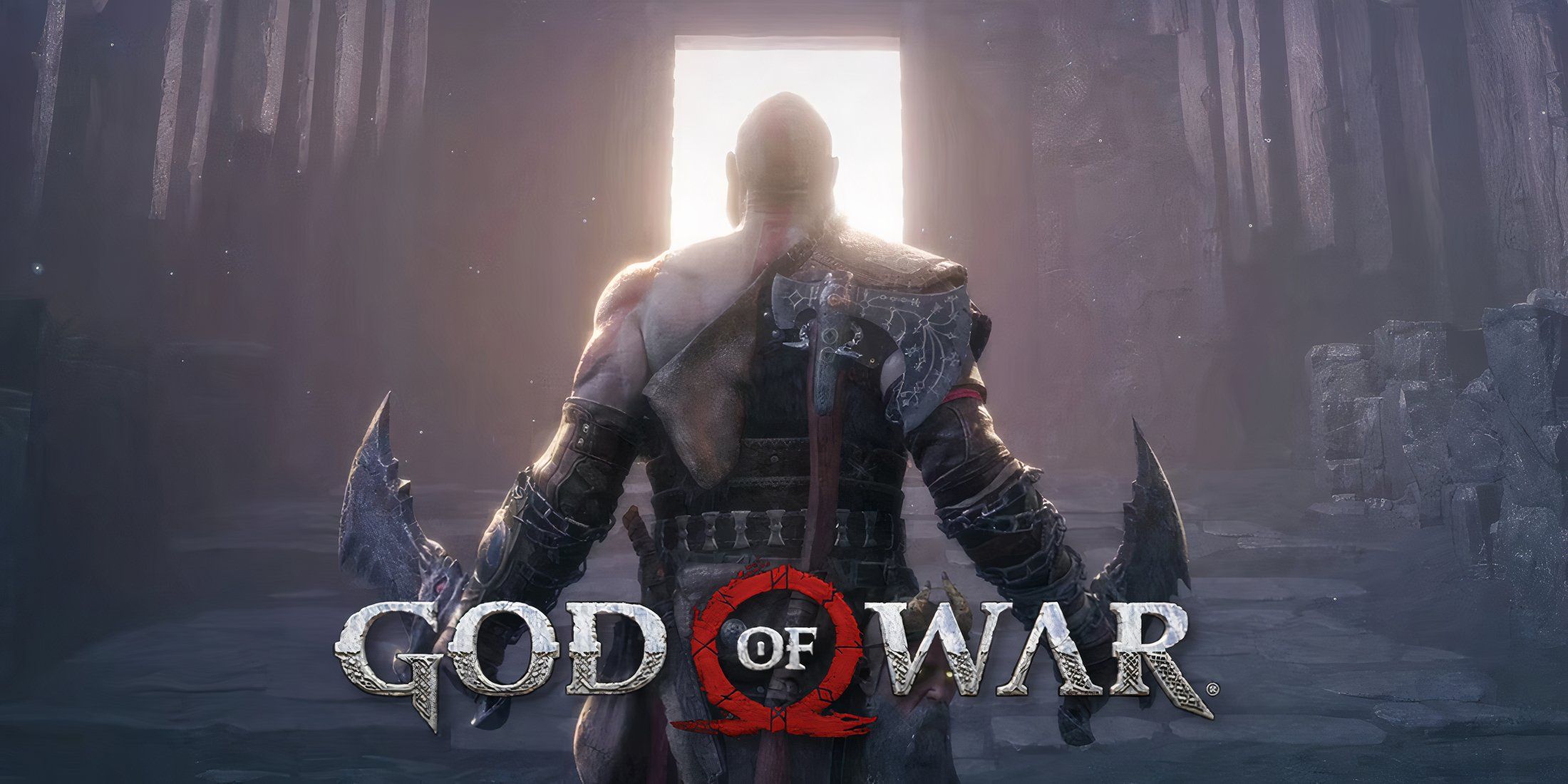
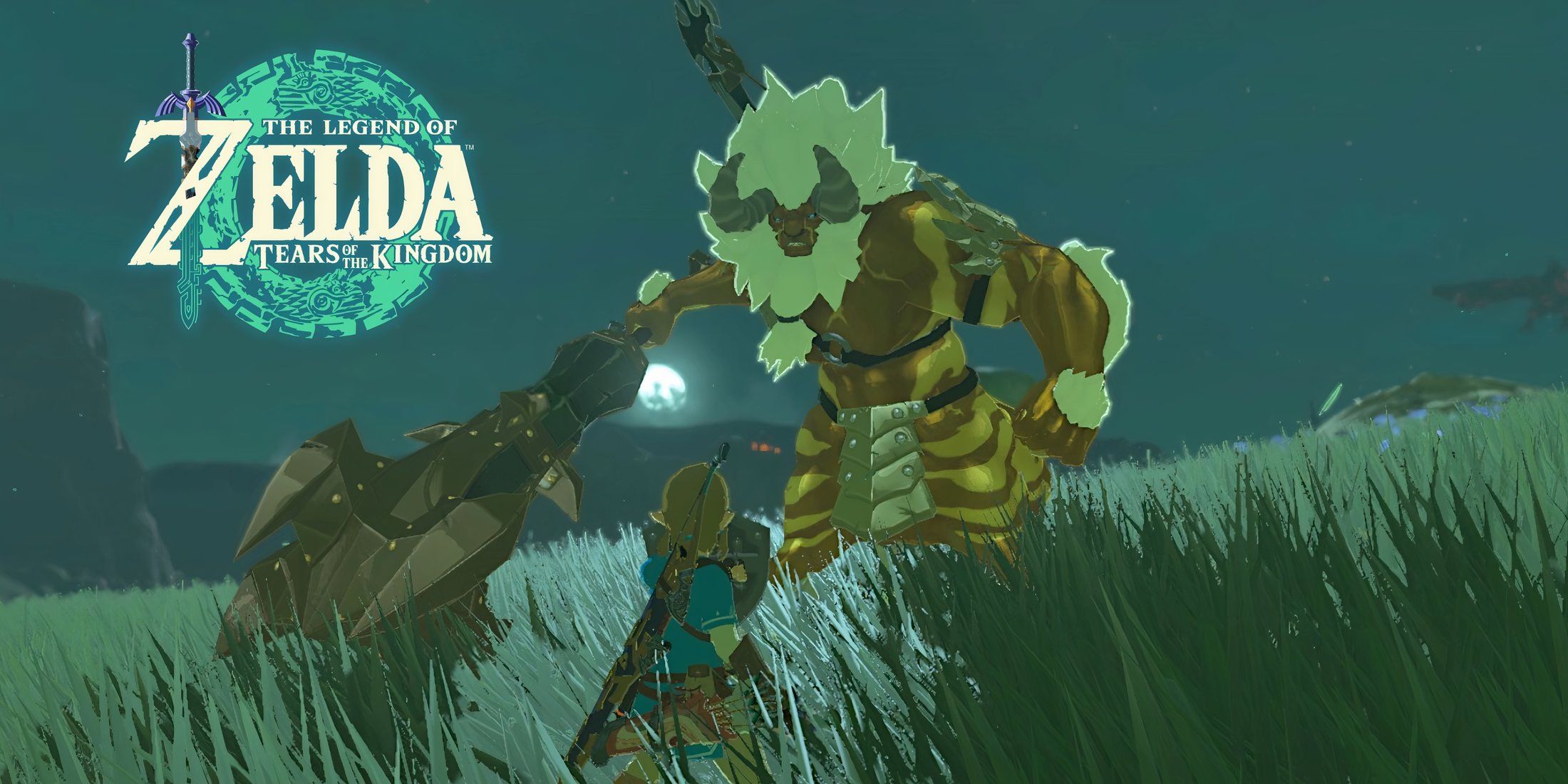
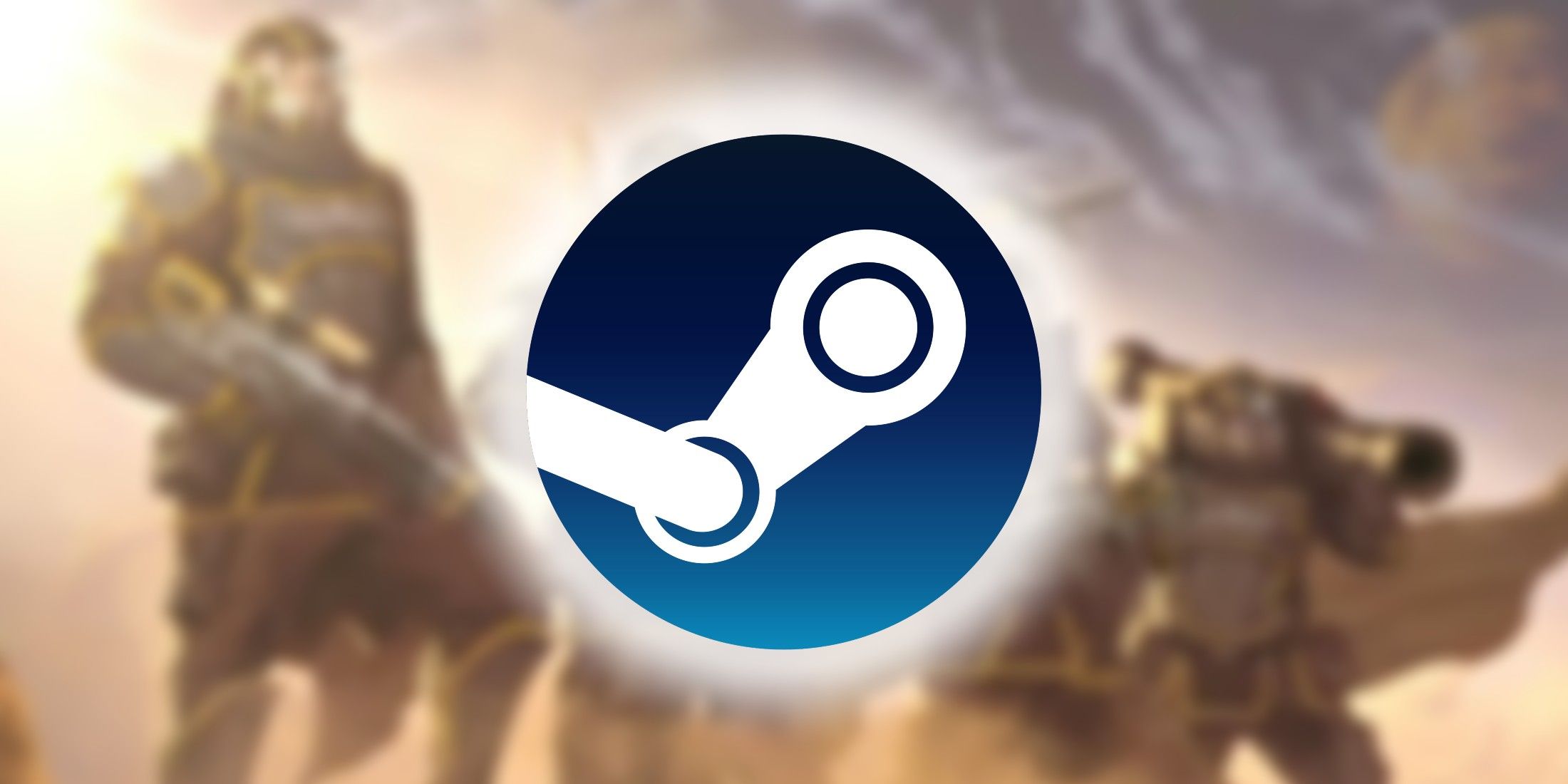
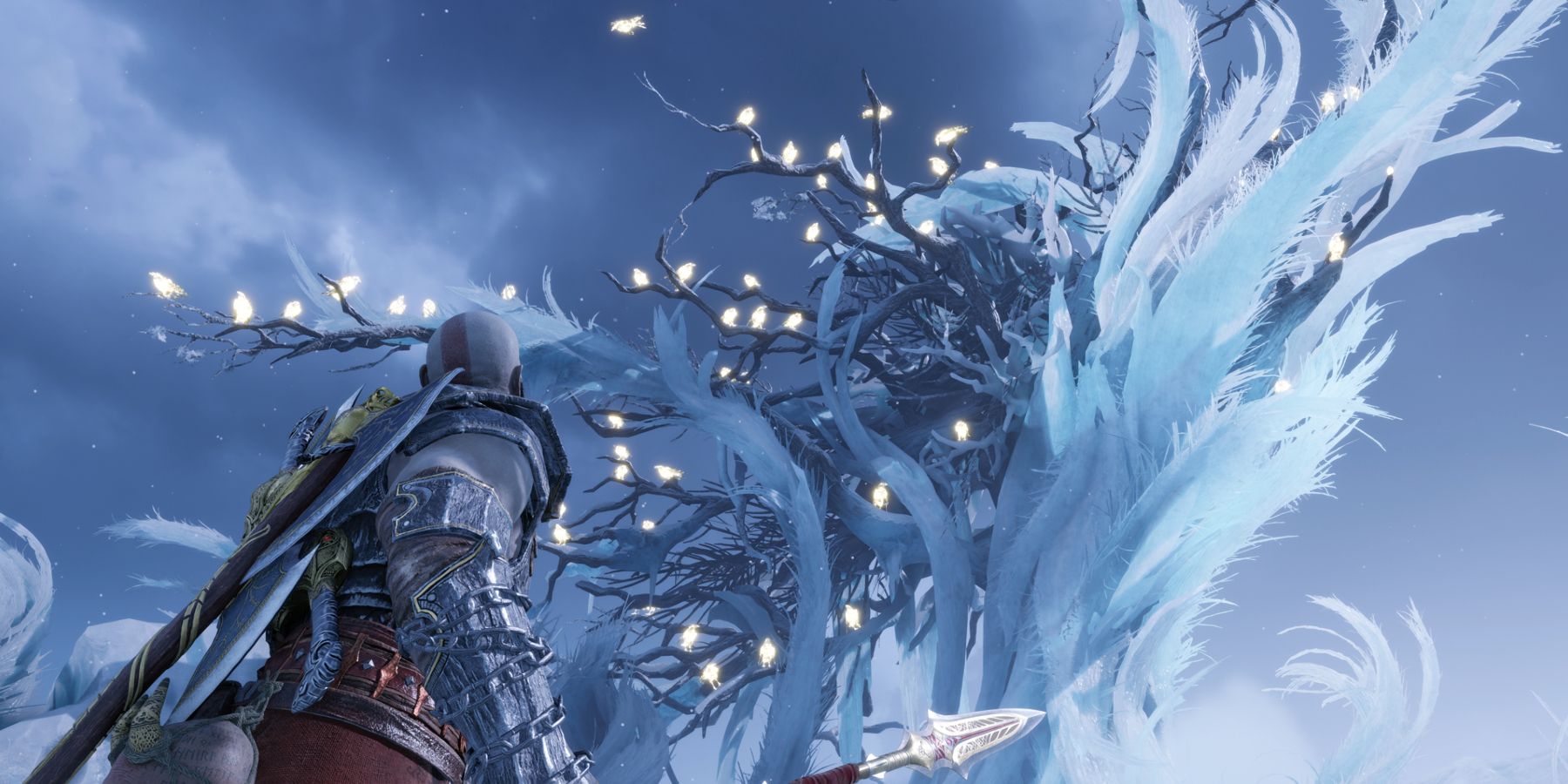
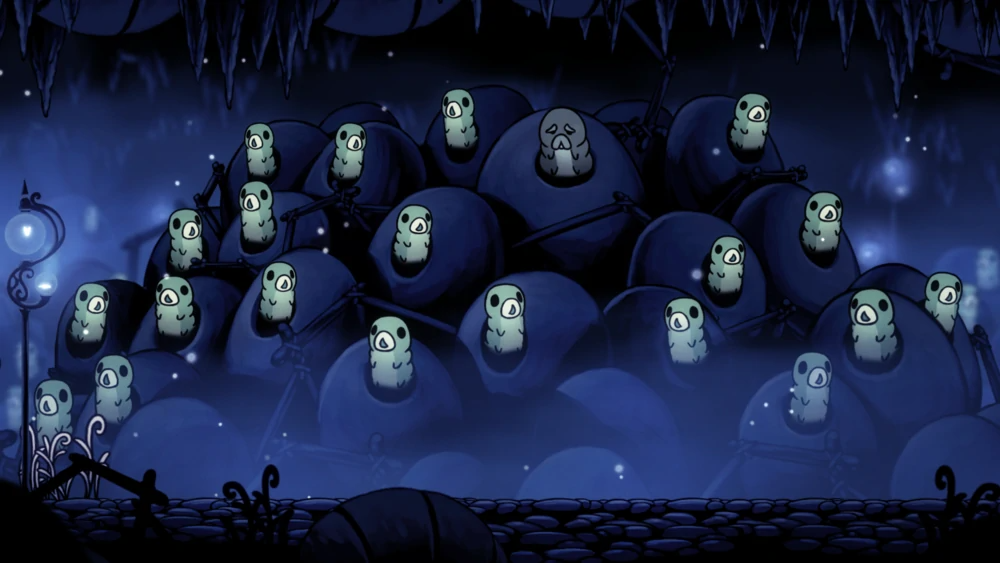
.png)